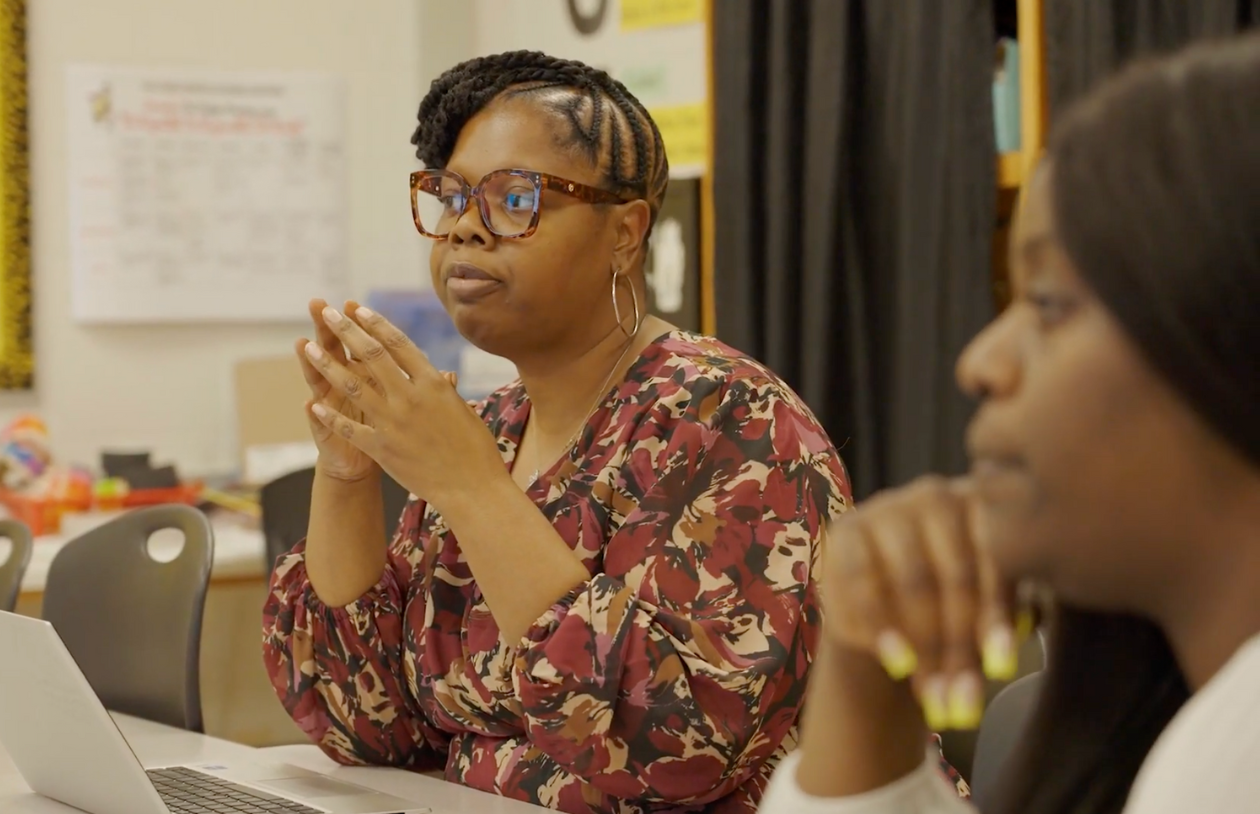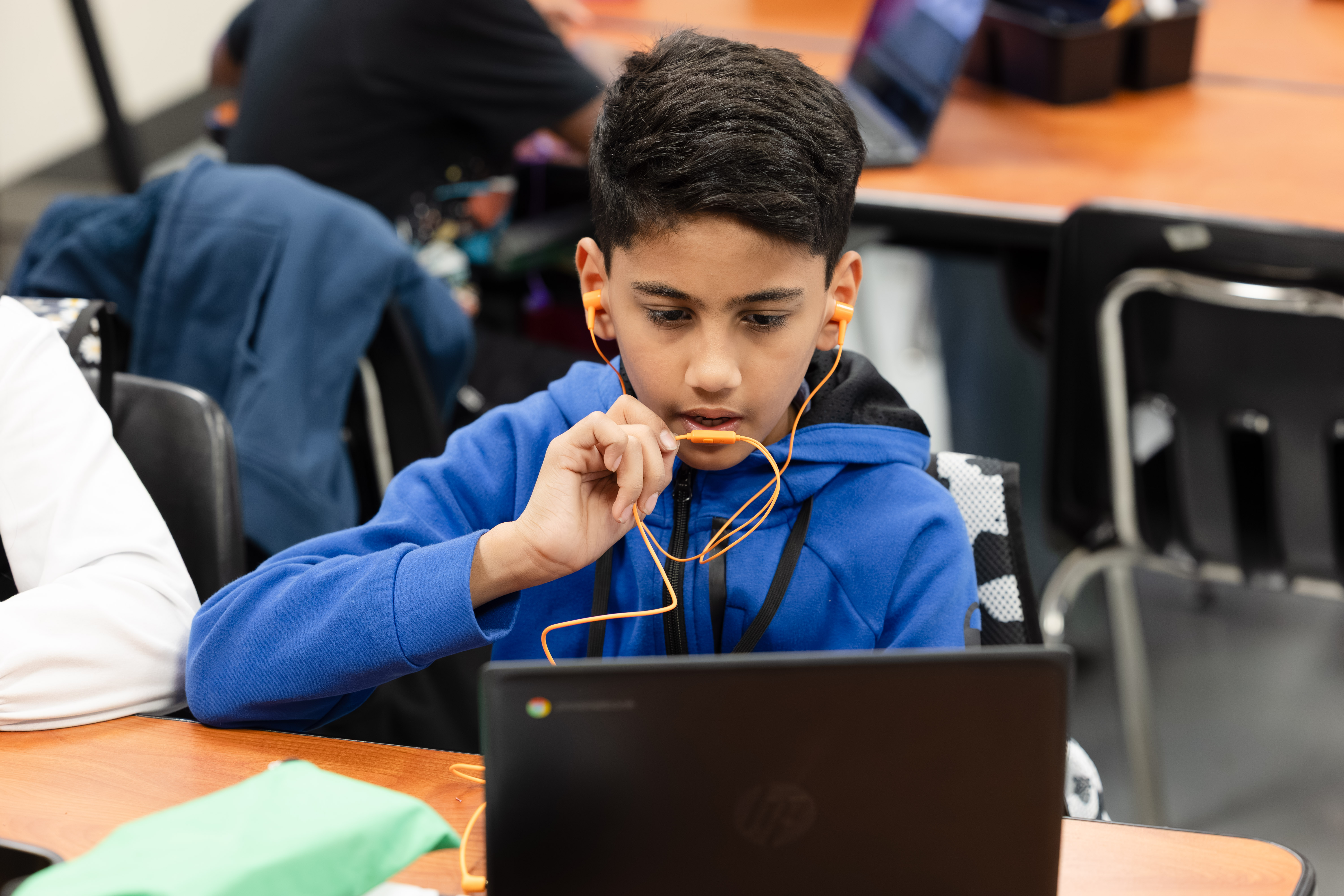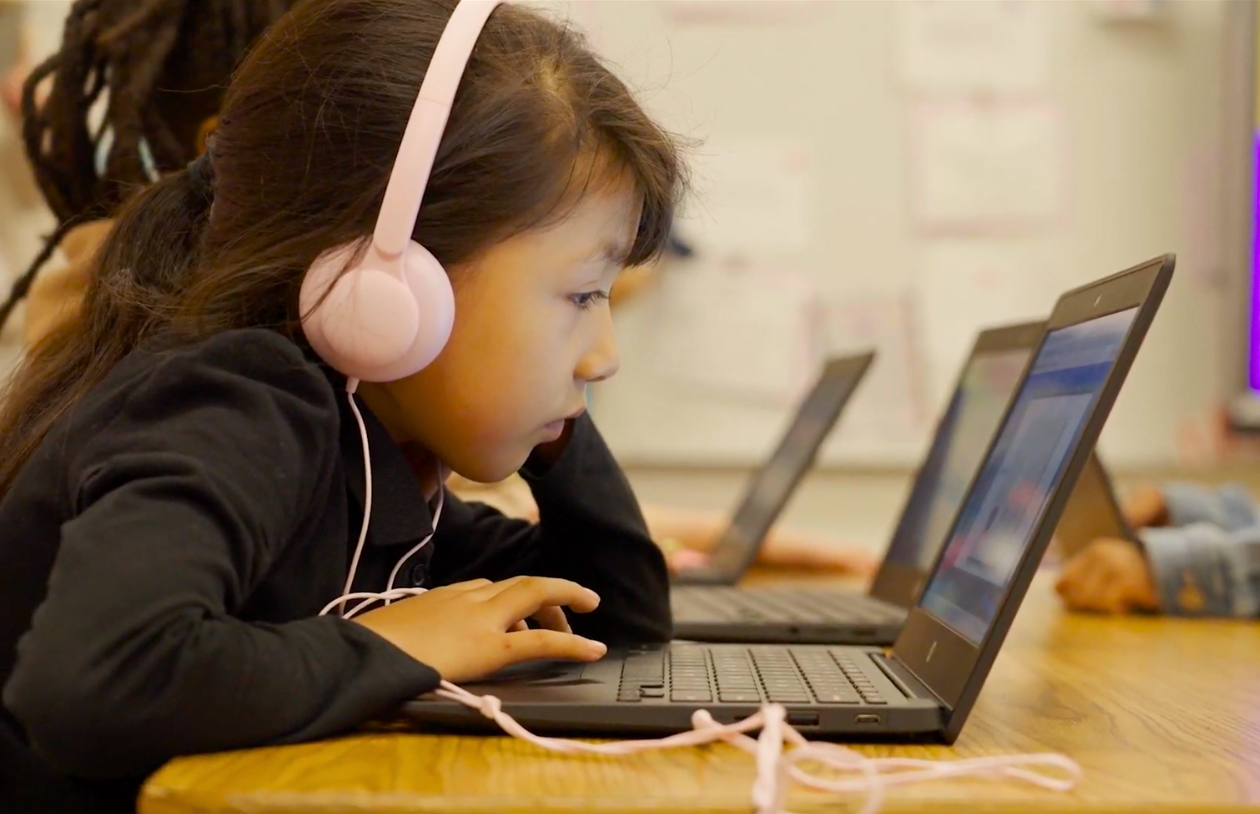The Active View of Reading: Moving Beyond the Simple View

For many years, the Simple View of Reading, decoding × language comprehension, has provided a helpful framework for understanding literacy. But as our knowledge of the reading brain has grown, researchers have recognized that it doesn’t fully capture all of the processes that contribute to skilled reading.
Reading is more than an equation. It is an active, dynamic process that simultaneously calls on attention, memory, fluency, vocabulary, inference-making, and comprehension-building. To reflect this reality, Dr. Nell Duke and colleagues proposed the Active View of Reading, a model that better aligns with what we know from neuroscience and classroom research.
What the Active View Adds
The Active View expands on the Simple View by highlighting the many processes that support reading development.
- Self-regulation and executive functions help students sustain attention and monitor understanding, which in turn support comprehension.
- Word recognition skills like phonemic awareness, decoding, and orthographic mapping are foundational to fluent, automatic reading.
- Bridging processes such as fluency, vocabulary, and inferencing help connect word recognition to meaning-making.
- Comprehension construction integrates ideas, background knowledge, and reasoning, enabling students to build a rich understanding of text.
From a neuroscience perspective, this model reflects how different parts of the brain work together when we read—language systems, visual regions, and executive control networks. It also helps explain why two students who decode similarly may have very different comprehension outcomes. One may struggle with vocabulary or inference, while another may have difficulty with attention or fluency.
How Amira Brings the Active View to Life
Amira’s dyslexia and reading risk screener was intentionally designed to reflect the Active View of Reading. Instead of focusing narrowly on decoding or comprehension, Amira measures skills across all four dimensions.
Self-Regulation
Amira captures self-regulation through tasks that measure visual attention, naming speed, and processing efficiency.
Word Recognition
Amira measures phonemic awareness, letter-sound fluency, and decoding tasks to track how well students can map sounds to symbols and build automaticity.
Bridging Processes
Amira highlights bridging processes by analyzing oral fluency, vocabulary, and how quickly students connect words to meaning.
Comprehension Construction
Amira captures comprehension construction through listening comprehension, retell, and text-based tasks.
Amira transforms this analysis into a fuller picture of reading than traditional assessments can provide.
Making Insights Actionable for Teachers
A broader model is only valuable if it helps teachers put it into practice. Amira connects the Active View directly to its reports and planning.
- Reading Proficiency Reports show how skills map to Scarborough’s Reading Rope and the Active View.
- Construct-level insights explain not only where a child is struggling, but why, surfacing underlying factors like fluency or attention.
- Individualized Reading Instruction Plans link results directly to curriculum-aligned instructional steps, saving teachers time.
- District-wide dashboards help leaders see reading progress across schools and grades, supporting planning and resource allocation.
Understanding the Reading Brain as a Whole
The Active View reminds us that reading is more than decoding and comprehension. It is a rich, interconnected process that draws on many brain systems working together.
By grounding assessment in this model, Amira provides school districts with a deeper understanding of each child’s reading profile and turns that understanding into practical next steps. This means screening goes beyond identifying who is at risk—it helps explain why, and provides teachers with guidance on how to support each child.
Read the next blog: How Amira Transforms Dyslexia Screening into Intervention
Read more from the AI & The Reading Brain Blog


.avif)
